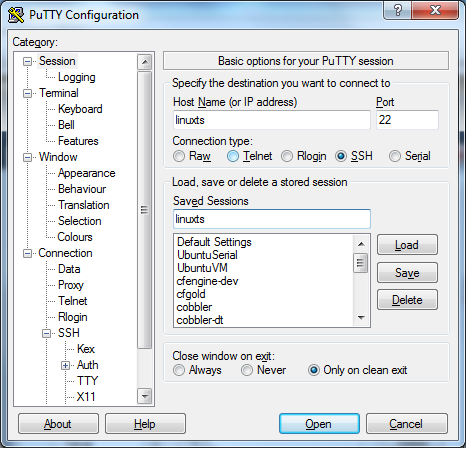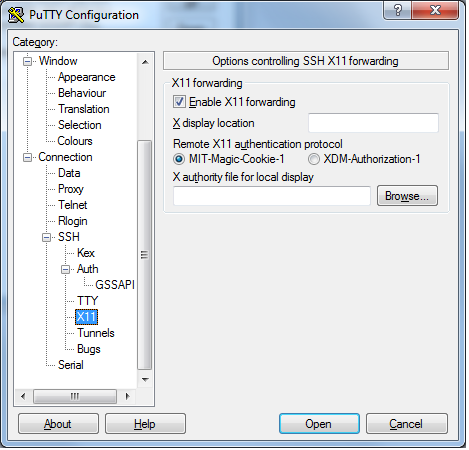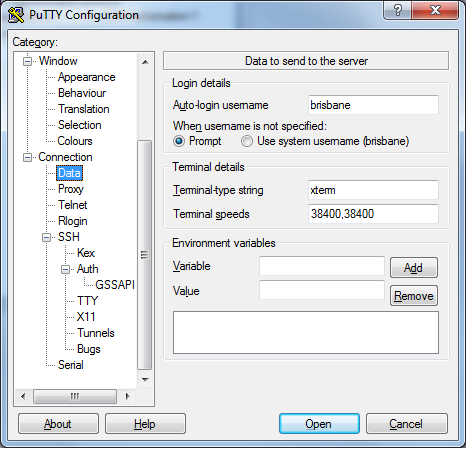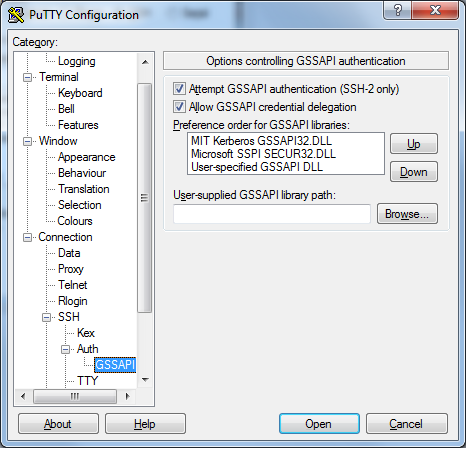Central Linux terminal servers / interactive machines
Note: connections must go via bastion.physics.ox.ac.uk, ideally using it as a jump proxy. Some of these instructions do not include details of how to do that yet.
General access notes
The Central Linux Interactive machine, "linuxts" server runs a recent Ubuntu distribution for you to connect to. The interactive machines are to be used for light-weight Linux applications such as office and email. We have additional separate High Performance Computing facilities available, please email itsupport@physics.ox.ac.uk to discuss your requirements.
You must log on to the system using your physics user name with the case exactly correct. "itsupport" can give you the username to connect as, or use the form here.
When you log on to the interactive machines with a password or Kerberos token, your central home directories will be available. See here for more details.
For the moment, you will need to be within the department, connected to the vpn or ssh.physics.ox.ac.uk to use the interactive machines. See below information on how to log in to the interactive machines from the various operating systems.
Access from Windows via PuTTY / ssh
Access via the Remote Desktop Client
Please see details for information
Access through ssh
To use bastion.physics.ox.ac.uk as an ssh proxy, you will need PuTTY 0.77, which came out at the end of May 2022, or newer.
You will need version 0.63+ of PuTTY to use GSS authentication. This version should be the default on new Windows machines as it also contains a number of security fixes. "PuTTY" will allow you to log on with a password.



To enable password-less authentication, please use the following settings:

To run graphical applications, you will need to run an X-Windows capable application on your Windows machine. We recommend Hummingbird Exceed. Alternatively see the section on RDP which has the potential for a smoother experience.
Access from Windows using RDP
For a better graphical experience, you may like to use the Remote Desktop Protocol. Using the mstc "Remote Desktop" client you can connect directly to linuxts. It may not work for non-Ubuntu terminal servers - but we will try VERY hard to make this work!
The client is not accessible from outside physics by default, but can be reached through the RDP gateway in the same way as other machines. See the "Connect to your Physics Windows Desktop From Outside The Department" section on this page.
Access from Unix
Access via ssh
For graphical access to any of the Linux machines from a Linux client, simply run:
ssh -J{username}@bastion.physics.ox.ac.uk -KX {username}@linuxts.physics.ox.ac.uk or
rdesktop linuxts.physics.ox.ac.uk
The client is not accessible from outside physics by default, and Linux does not have good support for RDP gateways. You can connect instead using an ssh tunnel to have the a similar experience to a Windows user with the remote desktop client. See the "Connecting from Unix/Linux section" on this page.
Access via the "rdesktop" and "remmina" clients
Please see here for details.
Common Issues
- You must log on to the system using your physics user name with the case exactly correct. "itsupport" can give you the username to connect as, or use the form here.
- The first time you connect to a remote desktop session, it will fail. Try again and it should succeed.
Additional Issues with linuxts
- You MUST have a Linux home directory to connect. Contact itsupport to have one created.
- If you experience issues connecting and have a Linux home directory, it is likely you are trying to run the Ubuntu default desktop environment, which does not work well over remote desktop connections. The simplest way to fix this is to run:
rm -fr ~/.vnc rm ~/.Xsession ~/.xsessionthen replace your
$HOME/.xsessionfile, i.e run the following command.echo "exec xrdp-xsession" > $HOME/.xsessionand re-connect. These files can also be accessed, deleted and modified from a windows machine by removing the same files from
Y:\\LinuxUsers\\home. - Since we can't use the default Ubuntu desktop remotely, these settings will result in the old style 'XFCE' desktop. Settings carried over from older versions of Ubuntu can cause issues. The following will reset your gnome configuration. Note this may kill your session.
- open a terminal with ctrl+alt+t and reset it with "
dconf reset -f /org/gnome/gnome-panel/", - run killall gnome-panel.
- open a terminal with ctrl+alt+t and reset it with "
- You are currently unable to reconnect to existing sessions, so before disconnecting ensure all documents are saved and then log out.
Categories: Linux | Remote desktop | SSH


